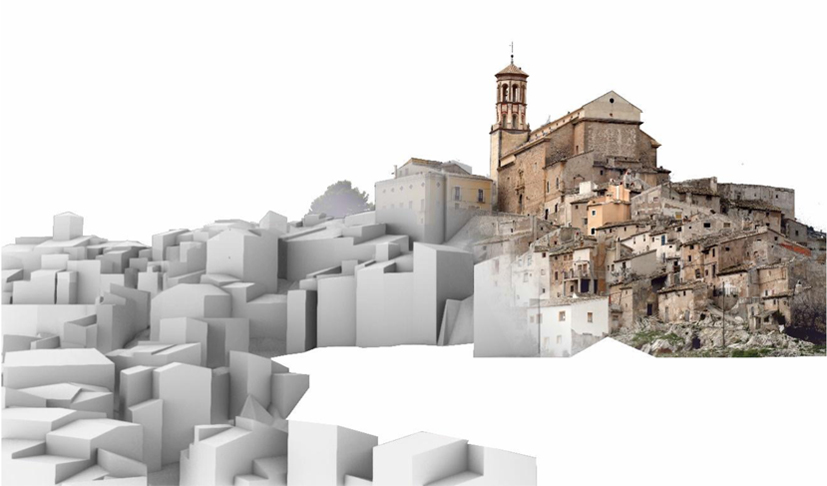
Three-dimensional urban models in complex rural environments. Proposal for automation in the historical centre of Cehegín.
Abstract
Urban modelling processes are the basis for the management of Smart Cities. Automated workflows are typically used to model large portions of cities with homogeneous urban fabrics. These processes result in very simple three-dimensional models with large discrepancies with reality. However, the case of the historic centres of small cities is different due to the complexity of their urban fabric and the heterogeneity of their buildings.
This paper proposes a semi-automatic supervised modelling workflow that allows the elaboration of complex urban fabric models following the CityGML standard and its levels of detail. The case study focuses on the historic centre of Cehegín (Spain).
The advantage of this methodology is the use of downloadable data from public SDIs such as the Digital Cadastre (cadastral polygons) and the National Geographic Institute (LiDAR point clouds with an approximate density of 0.5 pts/m2). These data are geolocated and processed in GIS, and exported to Rhinoceros-Grasshopper3d where modelling algorithms are implemented for each level of detail, supported by statistical filters and automatic classifiers.
This results in richer and more accurate models than those obtained with automatic modellers and can be used for different applications in the field of management and simulation.
DOI: https://doi.org/10.20365/disegnarecon.30.2023.14
Keywords
Full Text:
PDFRefbacks
- There are currently no refbacks.
Copyright (c) 2023 MANUEL ALEJANDRO RÓDENAS-LÓPEZ, JOSEFINA GARCÍA-LEÓN, PEDRO MIGUEL JIMÉNEZ-VICARIO, SIHAM EL GHOMARI-BAKHAT
DISEGNARECON
ISSN 1828 5961
Registration at L'Aquila Law Court no 3/15 on 29th June, 2015.
Indexed in SCOPUS. Diamond Open Access. All papers are subjected to double blind peer review process by qualified reviewers.
Journal founded by Roberto Mingucci
